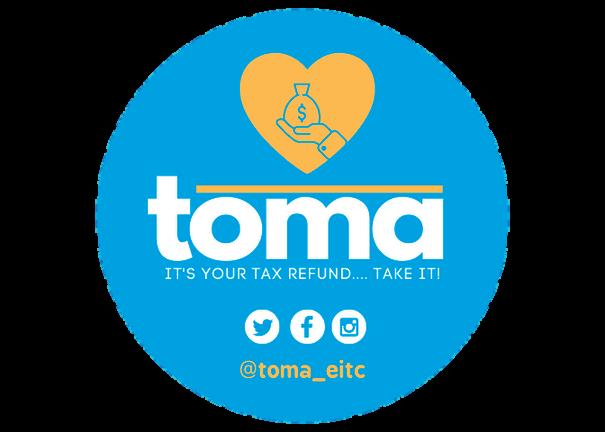
1 minute read
Pension gap FREE TAX SERVICES

"We are at the mercy of the California State Legislature and what they want to be politically correct investments, telling the CalPERS board not to invest in certain stocks and bonds," Board Chairman Kevin Jeffries said. "Each decision that the CalPERS board makes to withdraw from profitable funds has the potential to cause us to have to pay more, because they had not invested in higher paying (assets)."
Advertisement
Poor investment returns going back to the Great Recession will require the county to pay an additional 1% to CalPERS in the next year to cover loses in the safety category, and .2% for miscellaneous, the report stated.
The aggregate contribution rates will be the equivalent of 48% of payroll for the safety category, and the equivalent of 28.2% of payroll for the miscellaneous category, according to the report.
Employees across the spectrum in county government generally contribute less than 10% of gross earnings toward their defined-benefit plans with CalPERS.
General fund allocations to support the retirement system will steadily rise over the next decade, approaching $900 million in support by the early 2030s, according to PARC.
The county gained some near-term relief from higher pension costs by selling $716 million in bonds at low interest rates in May 2020 and applying the proceeds to pension debt reduction, or what Jeffries compared at the time to "using a credit card to pay off a credit card."
The 2020 bond debt was added to similar issuances in 2005 that were also intended to pare down long-term pension obligations, relying on advantageous interest rates. The county will be able to repay the IOUs before 2040.

In the past, Jeffries and other supervisors expressed a desire for the county to phase out some definedbenefit plans in favor of defined- contribution plans, as exist in most private sector retirement guarantees. But Kent described the process as riddled with hurdles because of requirements in state law, potentially incurring prohibitive expenses for the county.
Under pre-2012 plans negotiated with collective bargaining units, safety workers accrued retirement earnings according to a "3% at 50" formula, fixing compensation at 3% of the average of the three highestpaid years of an employee's career, multiplied by the number of years on the job. An employee could begin collecting full retirement at age 50.
Miscellaneous workers received benefits based on a "3% at 60" formula.
Beginning in September 2012, new hires in the safety category began accruing retirement benefits under a 2% at 50 formula, while newly hired miscellaneous workers began accruing benefits under a 2% at 60 formula.
Legislation signed into law soon afterward added another category for public sector employees hired after Jan. 1, 2013. The lower benefit formula is 2% at 62 for miscellaneous and 2.7% at 57 for safety workers.








